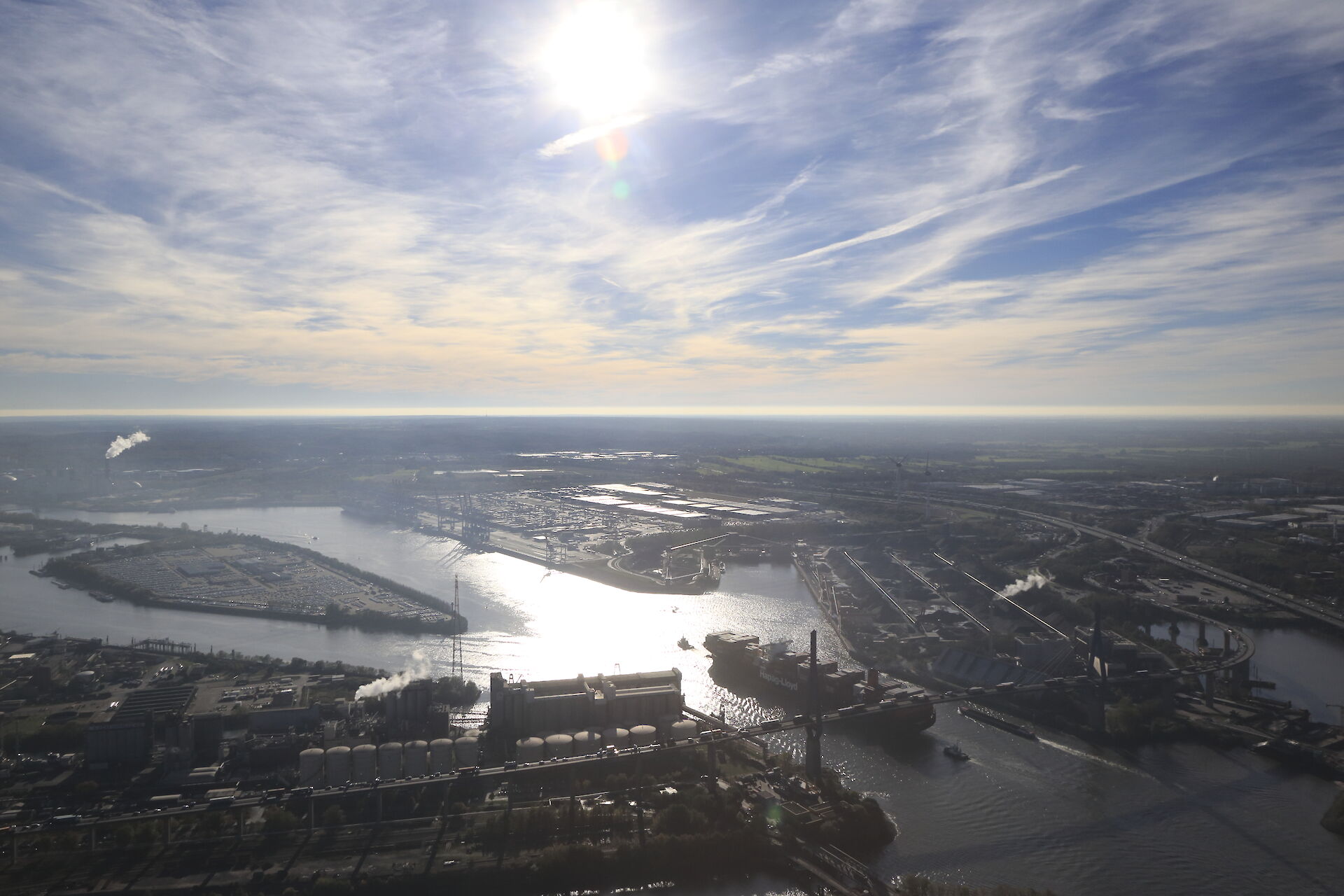27 Apr 2016 09:54
Environment
Schleswig-Holstein today granted Hamburg permission to continue to deposit dredged material near Buoy E3 in the North Sea. The new permission substantially increases the scope for action to continuously keep the water level deep in the Port of Hamburg. Surpluses of silt in Hamburg can be more effectively countered by being dumped in the North Sea, and relief provided for the transfer point near the island of Nesssand in the waterway. Senator Horch explained: “In the interest of the Port of Hamburg and its significance for the whole of Northern Germany, today the authorization procedure reached a satisfactory conclusion. I thank all those involved and most especially the responsible Ministry of the Environment in Kiel. We now have a new and reliable basis for maintaining water depth in the Port of Hamburg.”
“For the around 10,000 seagoing vessels annually calling at the Port of Hamburg, reliable water depths throughout the year are essential for handling shipping traffic in the port and on the Elbe properly. They are also a basic requirement for ensuring the important hub function of Germany’s largest universal port. As port operators see it, a watertight river engineering and silt management scheme for the tidal Elbe agreed with neighbouring German states will provide the basis for the continuing successful development of the port,” said Ingo Egloff, CEO of Port of Hamburg Marketing.
The authorization now in force gives the HPA the opportunity of acting according to plan, even during the summer months that produce so much sediment. Fresh deposits can in future be removed from the port all the year round – from the port entrance as far as the berths. Strict annual ceilings on volumes of sediment are abolished. Deposit is subject to stringent environmental regulations to ensure that there are no harmful effects on surrounding conservation and coastal areas.
As compensation, Hamburg will pay a volume-related contribution towards the National Park Foundation for the protection of the tidelands or Wattenmeer. Some of the money will go towards nature conservation projects and boosting the sustainability of prawn fishing. An annual statutory payment for nature conservation of approx. 500,000 euros will also be payable. Hamburg also will also step up its effort to rid the Elbe of noxious substances. It commits itself to implementing further river conservancy measures along the tidal Elbe designed to provide increased space for the river. This should produce a steady reduction in the quantity of sediment in the Hamburg area. A list of priorities for appropriate river engineering measures is to be drafted by the estuary partnership now being formed.
The agreement was preceded by several months of dialogue with the region, conducted by the Hamburg Port Authority and the German Waterways Administration with over 40 interest groups along the Lower Elbe (http://dialogforum-tideelbe.de).
More than 30 different options for releasing sediment on land and in local waters were considered in this forum, and a unanimously agreed report was lodged. As the result of this discussion, Buoy E3 in the silt dumping area of the North Sea emerged as the most ecologically compatible and also most generally acceptable option for releasing sediment from Hamburg.

